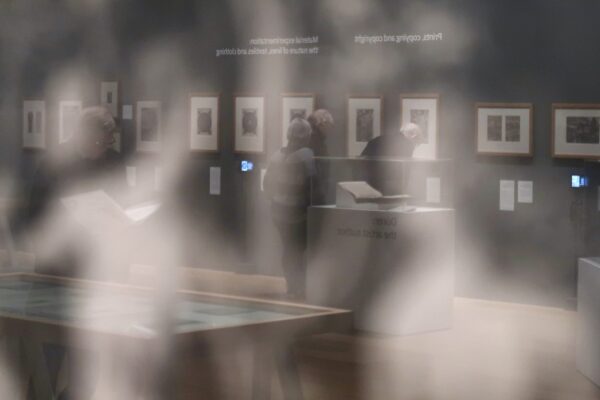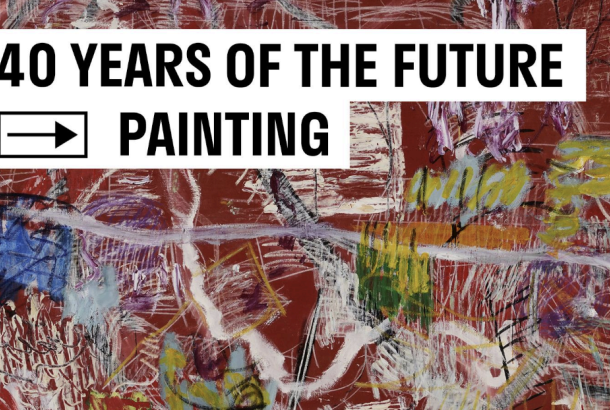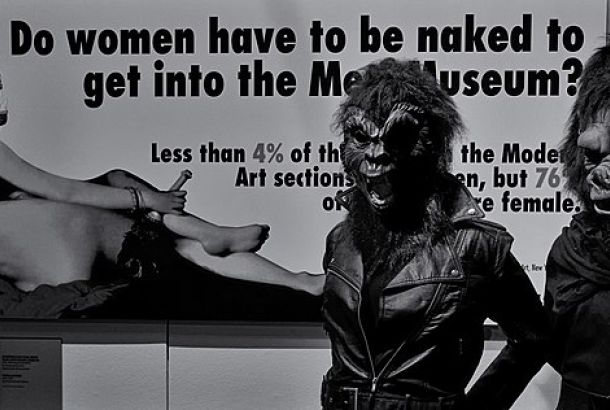The Whitworth’s Dürer Exhibition is coming to an end: Have you seen it yet?
By Kailyn Huang

Nestled comfortably at the end of Oxford Road, behind museum-white walls adorned with 20th-century textiles and the poignant images of an exhibition on forced displacement, lies a silent portal to early modern Europe, meticulously encapsulated in the hand of none other than Albrecht Dürer.
Since June, the Whitworth Museum has advertised its walk-in time capsule for all to explore. If you ever find yourself in the university’s whereabouts, you’ve likely passed the huge banners emblazoned with “Albrecht Dürer’s material world: The first major exhibition of the Whitworth’s outstanding collection in over half a century.”
Dürer’s name carries significant weight. Often hailed as “the Da Vinci of the North,” he emerges from history as, in Martin Bailey’s terms, “undoubtedly the greatest artist of the Northern Renaissance,” and if not that, then certainly Germany’s.
Dürer’s oeuvre is not limited to art. He was a true Renaissance man, composing theoretical treatises on various subjects, producing celestial maps, and designing everything from shoes to armour and cups, as seen in the Whitworth exhibition.
Though he excelled in the traditional art of painting, his engravings made him a celebrity in his time. Coming of age in a revolutionary era marked by the proliferation of the printing press, Dürer spearheaded new forms of artmaking. His widely circulated works captivated viewers with their unparalleled detail and often scientific precision. His images, brimming with vividity, constitute worlds of their own; they are delectable feasts for the eyes. They demand close inspection, for every painstaking line is admirable in its own right.

Dürer’s renown was such that copies of his work became an early instance of copyright infringement. He retaliated against the well-remembered Italian printmaker Marcantonio Raimondi for plagiarising his portrayal of The Visitation. At the Whitworth, both versions of this scene hang in a satisfying juxtaposition.
Dürer frequently reimagined popular scenes from Christianity, imbuing them with the life that springs from his monochromatic visions. The Whitworth’s copy of St. Jerome in his Study coaxes its viewers into a closed, comforting space, inspired by the domestic scenes of Dürer’s native Nuremberg. Here, the exquisite handling of light gives the work a haptic quality. One can sense, if not feel, the cool, firm surface of the stone windowsill, the smooth crevices of that sedentary skull, and the pliant surface of the pillow.
As of today, I’ve visited the walk-in exhibition thrice. My first visit coincided with the university’s Welcome Week. The streets were bustling with the excitement of newly arrived first-years, and on campus, it was stuffy chaos: people reaching for plastic freebies, walls of complimentary tote bags, coloured flyers strewn everywhere. I sought relief from the pandemonium at the Whitworth and found it: in fact, I had a room of Dürers almost entirely to myself. While I relished this privilege, it struck me as odd that there weren’t more bag-toting students intrigued by the Whitworth’s austere façade and its proud announcements about a historic showing of the Albrecht Dürer’s masterpieces.
My second visit in December last year was much the same, and from conversations with peers, I gathered that few students were aware of the exhibition. Upon my recent return this week, I observed that the formerly empty-ish space was fuller than it had been previously; while ‘full’ would be an overstatement, almost every artwork was basking in the much-deserved attention of a decidedly mature audience. The sudden surge in visitors comes as no surprise. ‘Albrecht Dürer’s Material World’ closes on March 10.
Like many, I was familiar with Dürer’s works before this exhibition– his famous Adam and Eve is a must-know for introductory art history courses. Yet, there’s a stark contrast between studying a pixelated reproduction on a computer screen and squinting at the real thing, discerning every fantastical motif in (almost) the same manner the artist imagined it would be seen.
Alas, the captivating world of Albrecht Dürer cannot remain on indefinite display. Light is a mortal enemy to ink; these treasures would simply perish if they stayed out too long. So, visit the Whitworth when you can. Spend thirty minutes of your hour between lectures immersing yourself in the timeless visions of an era marked by grandeur and inspiration, for you’ll be glad to have witnessed Dürer’s material world.







